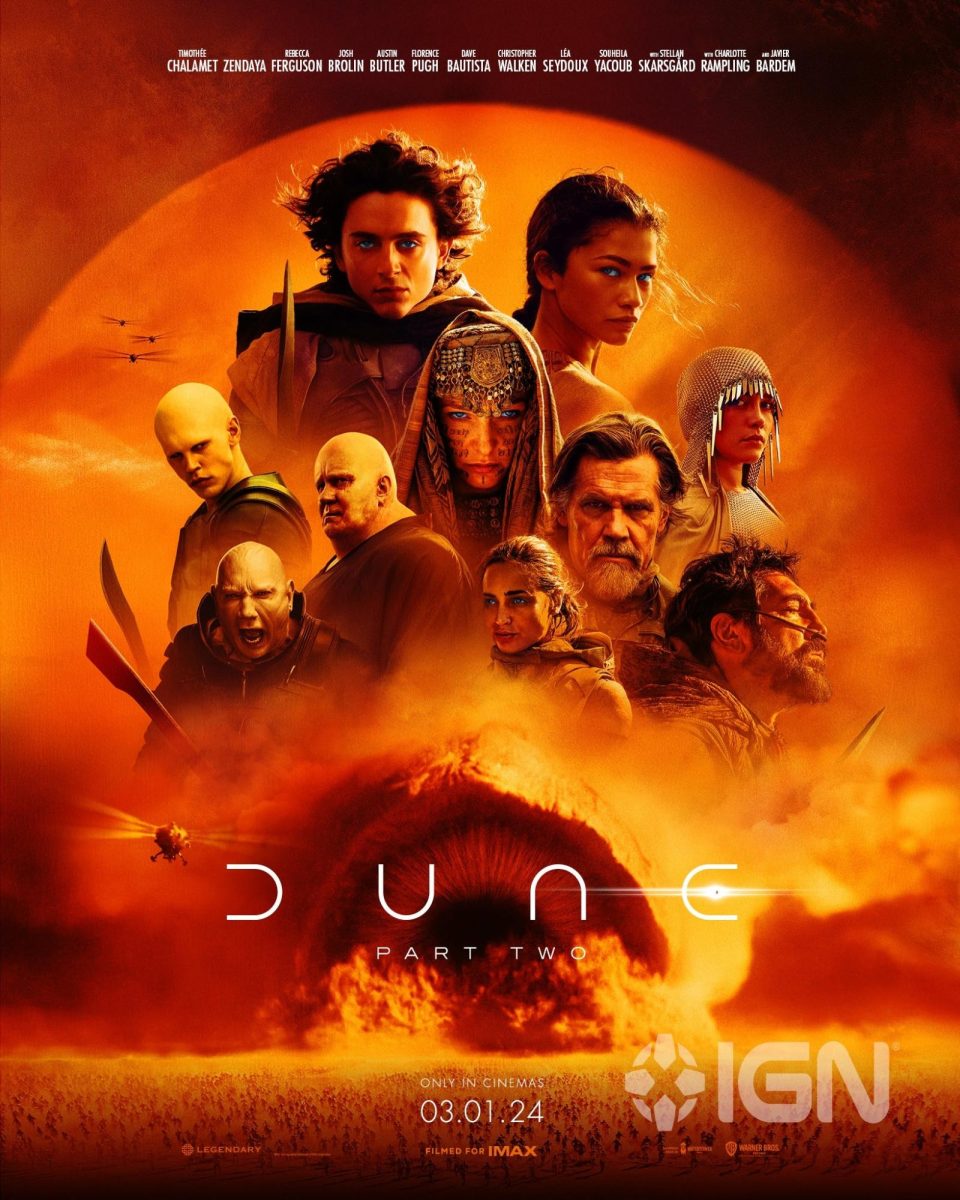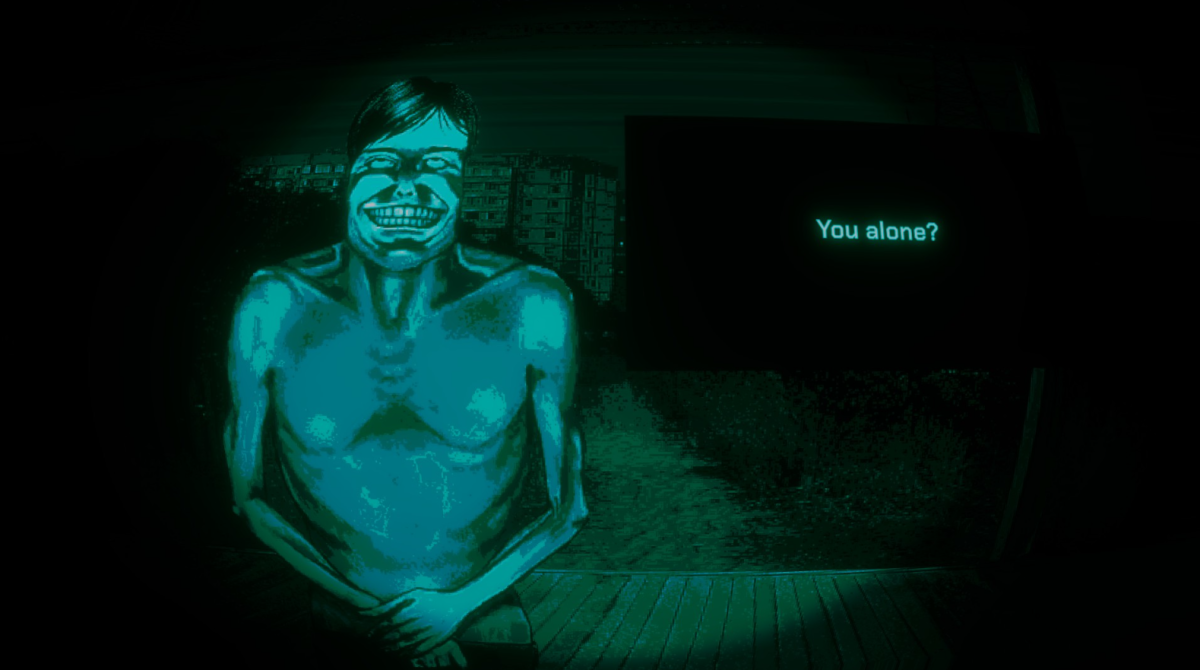In the highly anticipated sequel to Denis Villeneuve’s “Dune: Part One,” the protagonist’s love interest promises, “I will love you as long as you remain true to yourself.” Likewise, I loved “Dune: Part Two” because it remained “true” to the source material, delivering a visually stunning and emotionally resonant cinematic experience that reminded me why I fell in love with the Dune universe after reading the books in high school.
Two prior screen adaptations of the source material failed miserably in both critical acclaim and audience reception. The original 1984 “Dune,” starring then-pop/rock musician Sting as the antagonist, and 2003’s TV series “Children of Dune,” starring James McAvoy, were doomed with laughably bad special effects. Faithfully adapting “Dune” requires extensive world-building and futuristic war battle sequences in exotic and otherworldly locations, demanding a clear vision and immense dedication to pull together the talent and money needed to execute such a monumental task.
“Dune: Part 2” picks up moments after the end of “Dune: Part 1.” Paul Atreides (Timothée Chalamet) and Lady Jessica (Rebecca Ferguson), his mother, have joined a group of Fremen, the native people of Arrakis, after House Atreides has been wiped out by House Harkonnen and the Emperor’s elite army in a bloody ambush. Seeking revenge and refuge, the mother-son duo forms an alliance with the Fremen, who are also at war with the oppressive House Harkonnen.
Though the pacing feels slightly forced and rushed at times, some of the best scenes in the film are in the first act as Paul assimilates to Fremen culture. To survive the harsh environment, Paul is taught the ways of the Fremen, which includes learning to ride a sandworm in a scene that is both hilarious and jaw-droppingly cool.
However, while he is making friends, he is also making fanatics, as he begins to rise in status due to religious mythology instilled that he is “the chosen one.” Lady Jessica, a sister of the Bene Gesserit, the ancient religious cult that cultivated the legends, and Stilgar, one of the Fremen leaders, urge Paul to step up to claim his messianic destiny. But Paul is conflicted, internally warring with his thirst for revenge, desire to belong, and spice-heightened premonitions of the bleak future that will follow should he ascend that path. He acutely understands that by claiming his place in history, he will lead a holy war that will end in the death and destruction of billions of Fremen.
He begins a romance with Chani (Zendaya), one of the few Fremen who is cynical of the prophecies. In this, Chani’s character acts as a voice of moral outrage for the audience, questioning Paul’s motives and actions, in what is a major departure from the originally far more passive character of the books.
Of all the changes Villeneuve made, the modifications made to both Chani’s personality and character arc were some of my favorites. By giving her character more screen time and depth, the audience is provided a greater opportunity to connect with and understand the overarching themes of the film, as we watch Chani struggle against oppression and grow to fear the fanatical fascism she watches her fellow Fremen fall victim to.
Overall, this movie felt like a breath of fresh air for fantasy movies. It was exactly what the genre needed—a film that honors its roots while also captivating modern audiences with themes that tie into our modern political landscape and societal concerns. Moreover, it was a beautiful film, and I was captivated from the first shot to the last as the masterful use of color, set design and cinematography drew me in completely.
In particular, I appreciated the contrast between House Harkonnen’s bleakly austere world that is shot in completely black and white, as the planet revolves around a black sun, with the blood-orange, sandy desert palette of Arrakis, which highlights the stark differences between the two settings.
My only critique is that, as an avid book fan, the movie omitted a few sub-plots and characters from the book I had hoped to see on screen, such as the omission of the role of the Spacing Guild and the importance of using spice for space travel. The movie told you how important and lucrative the spice mined on Arrakis was, but without the Spacing Guild, some of that seemed to fall flat and undermined the themes of technological progress versus ecological preservation. However, characters in the Spacing Guild are more prominent in Dune: Messiah, the second book in the series and the last book Villeneuve reportedly wants to adapt, so perhaps they will play a larger role and have their lore explored more in the next film.
I also wish they had included the character Thufir (played by Stephen McKinley Henderson in Dune: Part One), who was the former Atriedes mentat and had a fascinating double-agent subplot as he seemingly betrayed the great house after it fell by joining the Harkonnens.
However, I understand that including them would have prolonged the runtime without necessarily enhancing the film. In keeping the film “tight,” I believe the director made the right decisions in terms of what was necessary to the narrative and to capture the core of Herbert’s original book, which was a cautionary message about charismatic leaders.
Overall, Villeneuve did a masterful job of condensing Dune’s infamously dense and esoteric lore into an under-three-hour film, making it enjoyable and understandable for non-book readers. It’s definitely the best book-to-screen adaptation I’ve watched in years, and I find myself really looking forward to seeing the inevitable third part in the theater.









